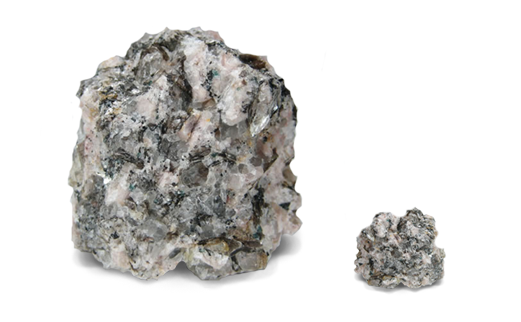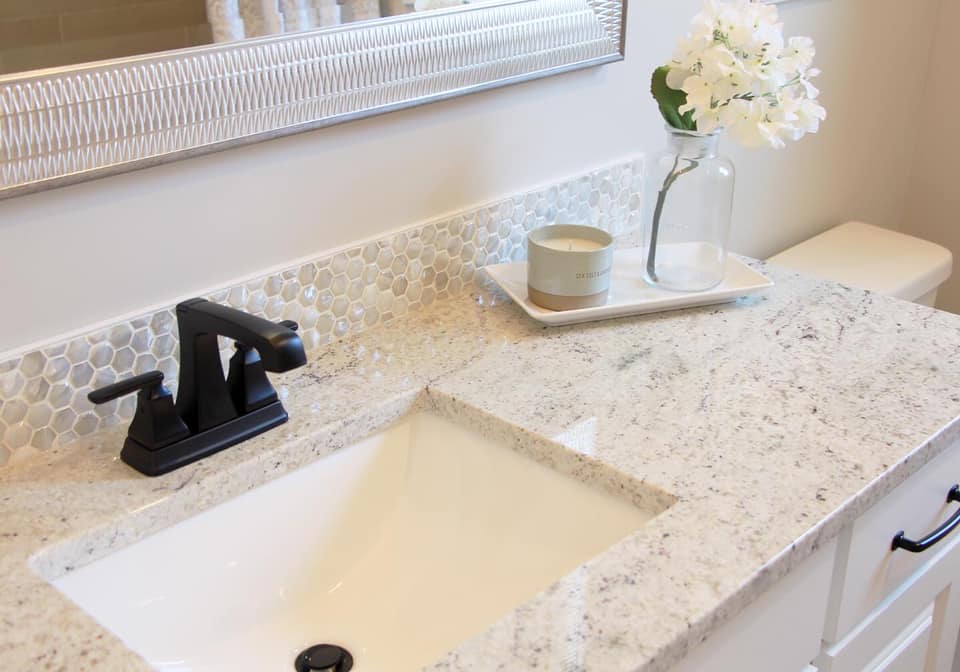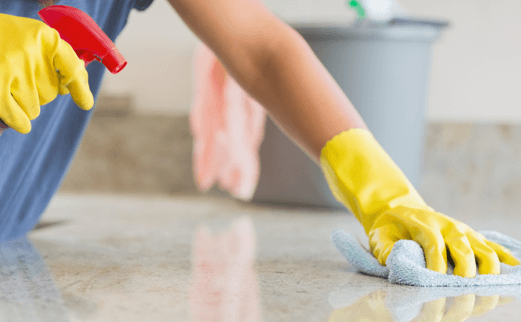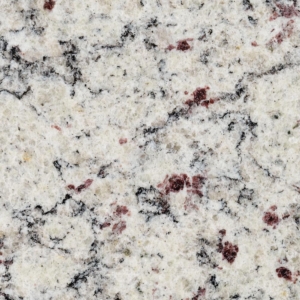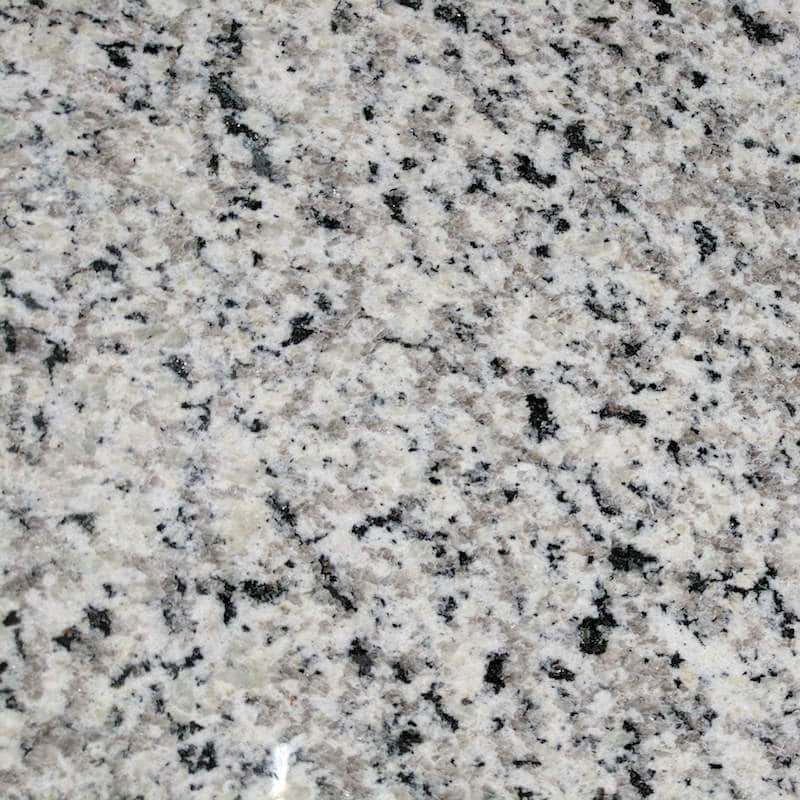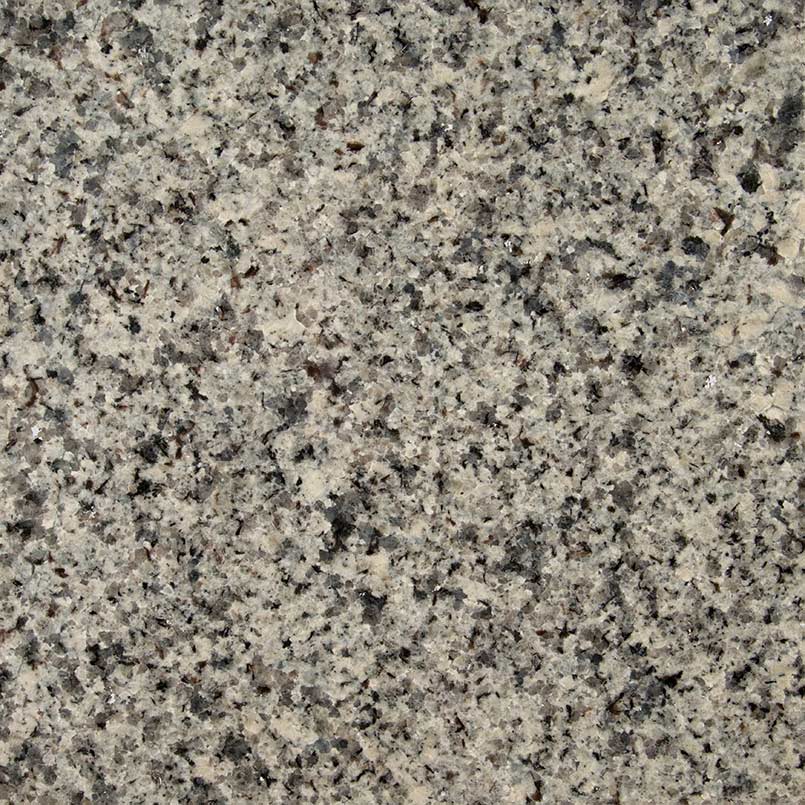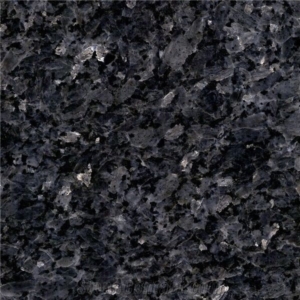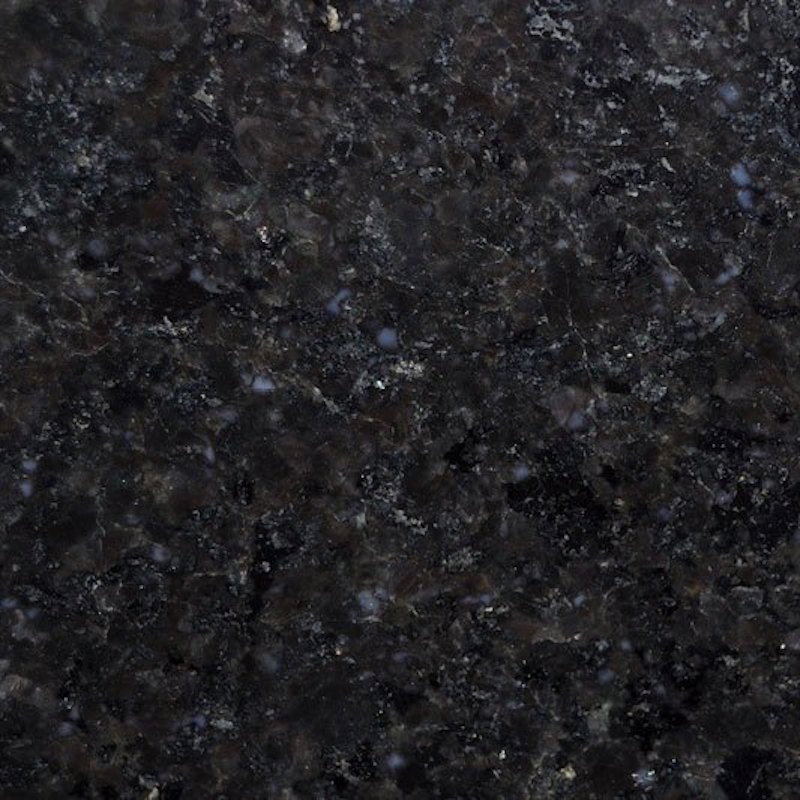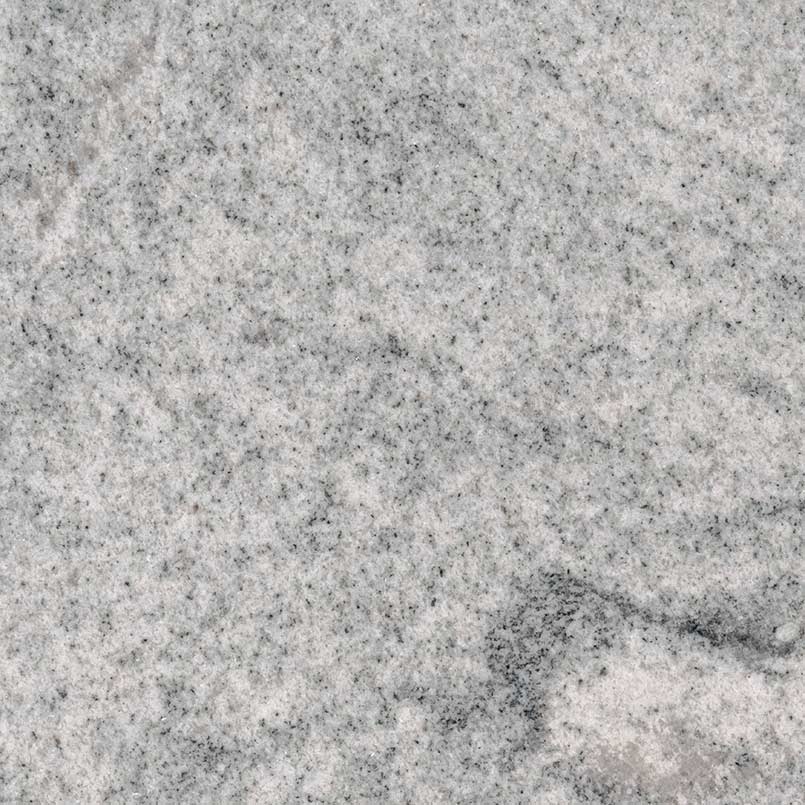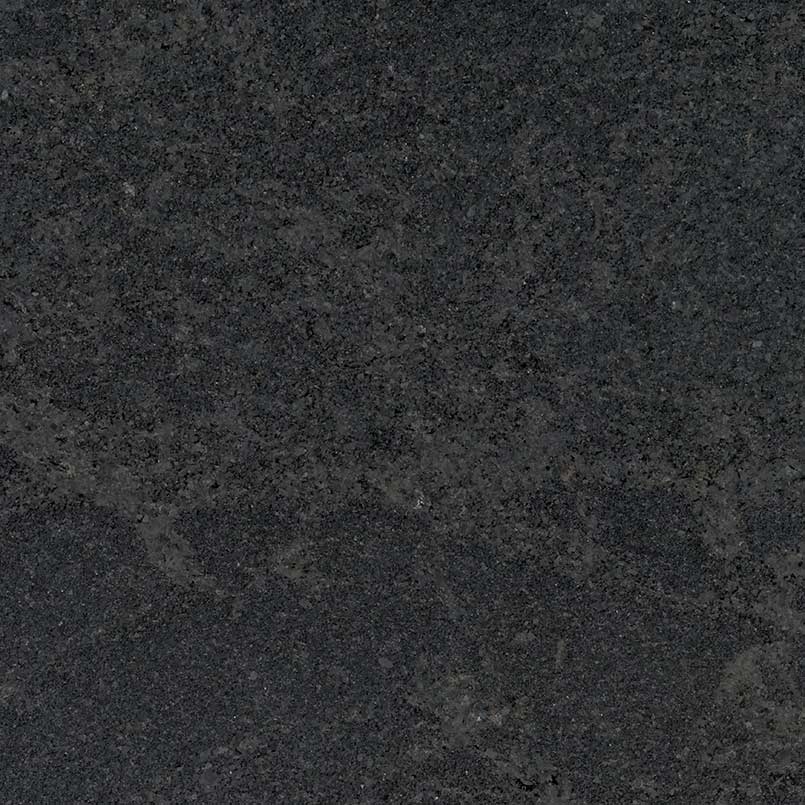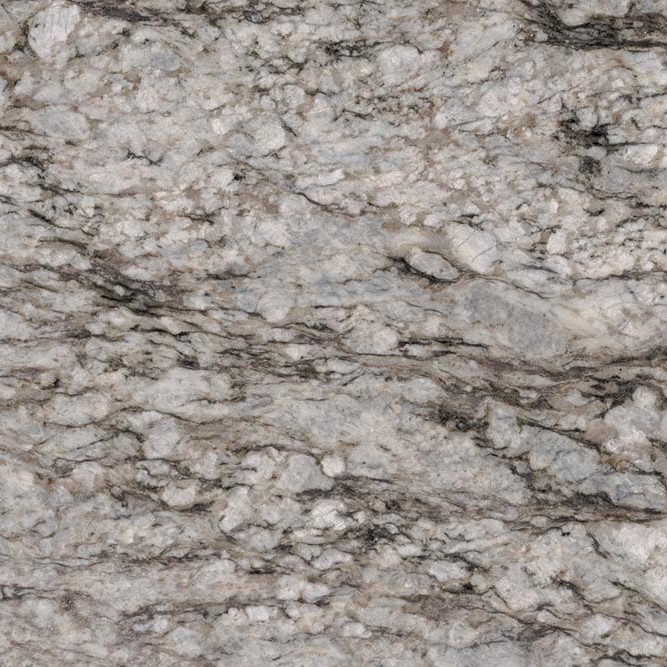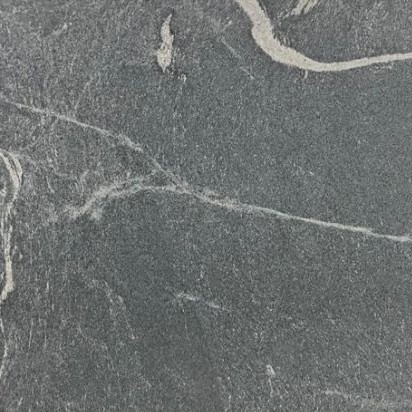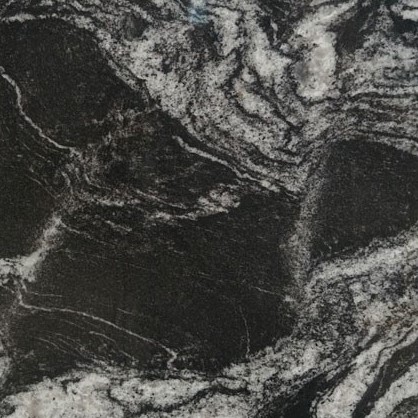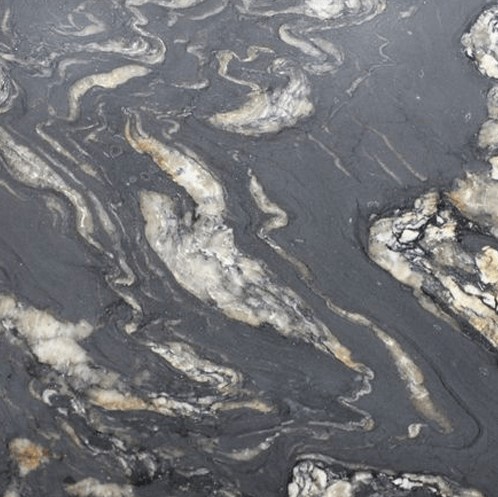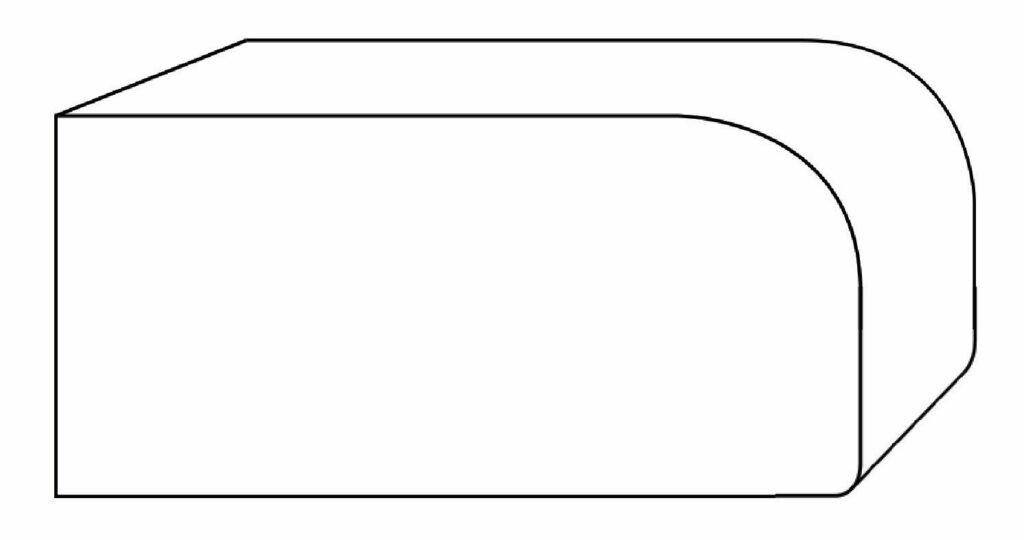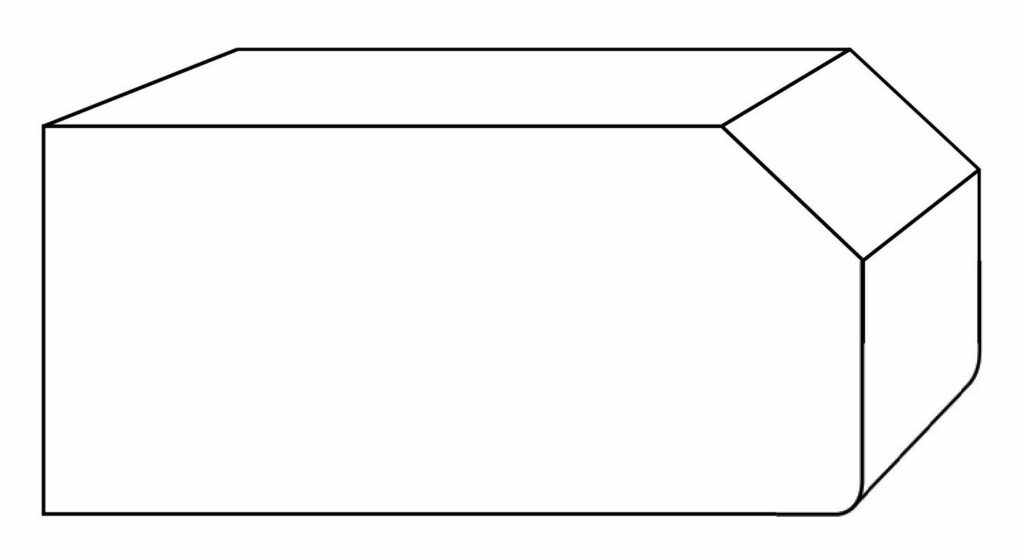Granite Countertops
Timeless Beauty. Naturally Unique.
Granite offers a one-of-a-kind look that brings natural elegance to any space, no two slabs are ever the same. Its rich colors, varied patterns, and organic imperfections make each piece truly distinctive.
As a natural stone, granite is porous and requires regular sealing and maintenance to protect its surface. With proper care, it provides long-lasting durability and classic style for kitchens, bathrooms, and beyond.
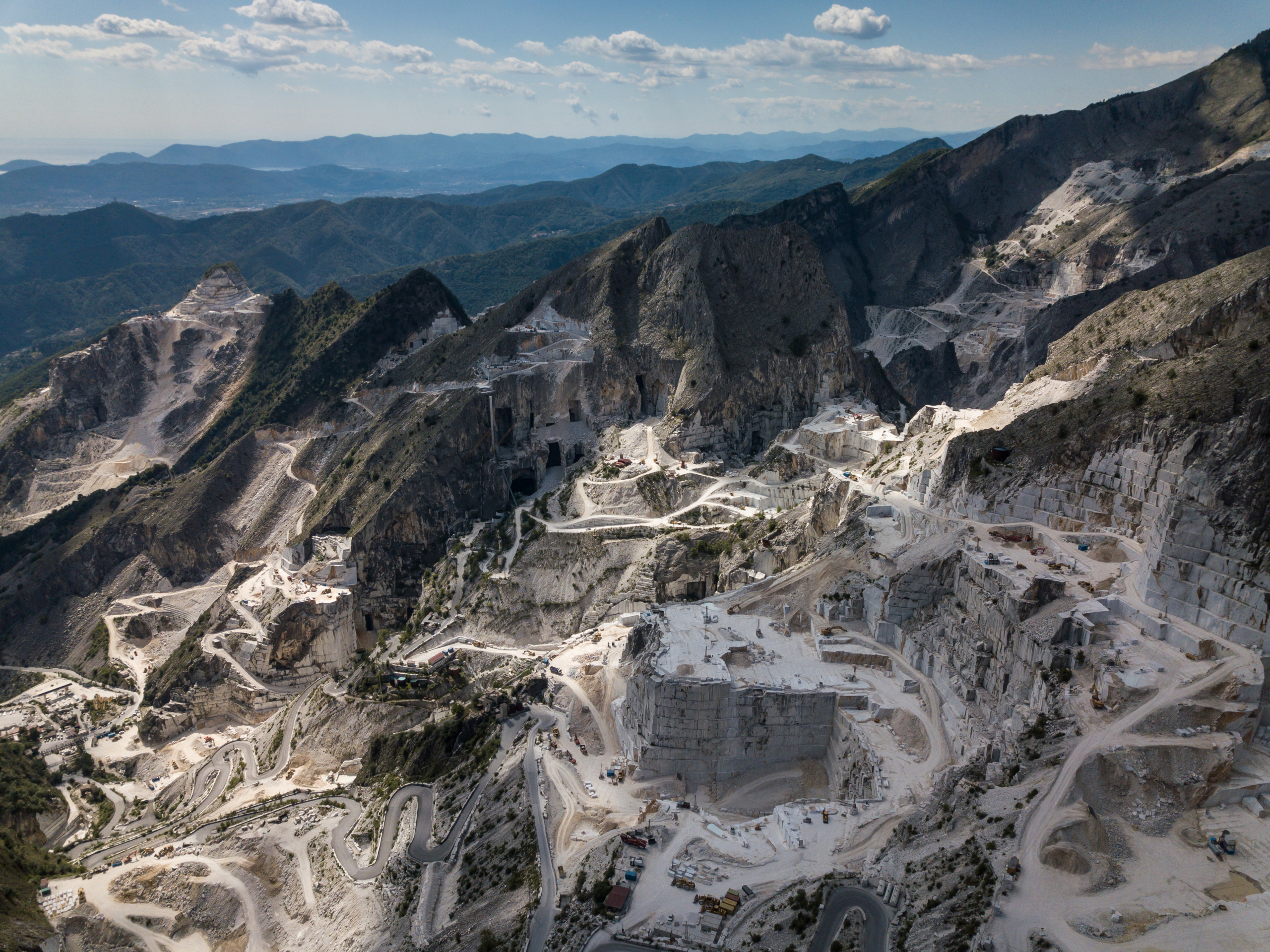
 Where Does Granite Come From?
Where Does Granite Come From?
Granite is a natural stone that forms deep within the Earth, created when molten rock cools and solidifies over millions of years. This slow crystallization process produces the distinctive mix of minerals—like quartz, feldspar, and mica—that give granite its unique colors, patterns, and natural sparkle.
Granite is quarried from mountain ranges all over the world, with major sources including Brazil, India, Italy, and the United States. Once extracted in large blocks, the stone is cut into slabs, polished, and prepared for fabrication. Because it’s 100% natural, every slab of granite carries its own one-of-a-kind character shaped by the region it comes from and the minerals within it, making each countertop truly unique.
 What Is a Granite Countertop Made Of?
What Is a Granite Countertop Made Of?
Granite countertops are made from 100% natural stone composed primarily of quartz, feldspar, and mica. These minerals form deep within the Earth as molten rock cools slowly over millions of years, creating the dense, crystalline structure granite is known for. Quartz provides strength, feldspar contributes to the stone’s color, and mica adds subtle sparkle and depth. Because granite contains no resins or engineered materials, every slab is entirely natural—featuring its own unique blend of minerals, colors, and patterns that make each countertop one of a kind.
 Natural Beauty With Timeless Appeal
Natural Beauty With Timeless Appeal
Granite countertops are a popular choice for homeowners who want a natural surface that combines beauty, durability, and timeless appeal. Each slab is uniquely patterned with rich minerals and organic texture, giving kitchens and bathrooms a one-of-a-kind look that never feels manufactured. Granite stands up exceptionally well to daily use—resisting heat, scratching, and general wear—while maintaining its polished, high-end appearance for years. Its natural variation, wide range of colors, and classic character make granite a versatile option that complements everything from modern designs to traditional spaces, offering both long-lasting performance and enduring style.
 Granite Cleaning Recommendations
Granite Cleaning Recommendations
Granite is easy to maintain, and a simple cleaning routine will keep it looking beautiful for years. For everyday care, wipe the surface with warm water and a mild dish soap or a pH-balanced stone cleaner. Avoid harsh chemicals, bleach, or acidic products like vinegar or lemon, as they can dull the finish or weaken the sealant. Spills—especially wine, coffee, oils, and citrus—should be cleaned promptly to prevent staining. Using cutting boards and trivets is recommended to protect the surface and preserve its polished appearance. Most granite countertops benefit from resealing every one to two years, depending on use, to maintain their protective barrier and keep the stone looking its best. See our Care & Maintenance page for more information.
SCI Granite Collection
SCI offers 13 curated granite colors, organized into four price groups for easy selection. All program granite is sold by the usable square foot and displayed in large-format displays at our professional showroom in Shawnee, Kansas, so you can view the full beauty and pattern of each stone.
Special Order Granite
Looking for something outside our standard selection? We can special order nearly any granite material thanks to our strong relationships with local suppliers. Hand-selected slabs are typically priced by the slab and brought in specifically for your project.
SCI Granite Collection
 Group Two Granite
Group Two Granite
 Group Three Granite
Group Three Granite
 Group Four Granite
Group Four Granite
 Group Five Granite
Group Five Granite
 Edge Profiles
Edge Profiles
Ready to begin?
Get an Instant Quote
Visit our showroom and warehouse facilities in Shawnee, KS
Give us a call, or fill out our contact form and we’ll be in touch shortly
Surface Center Interiors
The preferred countertop fabricator & installer in the Kansas City area
Monday-Friday 8:00am-4:30pm
Appointments highly encouraged
|
Granite Cleaning Recommendations Natural stone surfaces can be cleaned with a small amount of neutral cleaner, stone soap or a mild liquid dishwashing detergent and warm water. A rag mop can be used on floors and a soft cloth for other surfaces. Too much cleaner may leave a film or cause streaks. Do not use products that contain lemon, vinegar or other acids on any natural stone surfaces. Rinse the surface thoroughly after cleaning and dry with a soft cloth. Do not use products that contain abrasives because they may scratch the surface. Soap scum can be minimized by using a squeegee after each use. To remove soap scum, use a non-acidic soap scum remover or a solution of ammonia and water (about 1/2 cup ammonia to a gallon of water). Frequent or over-use of an ammonia solution may eventually dull the surface of the stone. Granite Sealing & Maintenance Cleaning your countertops after each meal is the best recommendation for avoiding cleaning issues with your natural stone! If a homeowner cleans their countertops after each meal, they will rarely, if ever, have staining or cleaning issues with their natural stone. Granite countertops receive additional benefit from being sealed. That benefit is the further reduction of moisture migration into an already moisture resistant surface. Once properly sealed, the stone will be more resistant against everyday dirt and spills. Sealing is a simple process that takes no more time than cleaning. Simply wipe a small amount of sealer over the entire stone’s surface, leave it to set for a minute or two, and wipe the surface again with a clean, dry cloth to ensure the sealant is even. SCI – Surface Center recommends using coasters under all glasses, particularly those containing alcohol or citrus juices. Many common foods and drinks contain acids that can dull the surface of natural stone. Do not place hot items directly on the stone surface. Though granite will not scorch, the heat can be harbored in the stone. We recommend always using trivets under hot dishes and placemats under china, ceramics, silver or other objects that can cause scratches. Recommended cleaning products are on display and available at our Countertop Showroom! Granite Cleaning Recomendations for Spills & Stains If a spill occurs on a natural stone surface, dab the spill with a towel immediately. Don’t wipe the area, it will spread the spill. Flush the area with plain water and mild soap and rinse several times. Dry the area thoroughly with a soft cloth. Repeat as necessary. Stain Removal Surface stains can often be removed by cleaning with an appropriate cleaning product or household chemical. Stubborn stains may require using a poultice or calling in a professional. The type of stain will determine the removal technique.
Poultices A poultice is a liquid cleaner mixed with a white absorbent material to form a paste. The poultice should be spread over the stained area to a thickness of about 1/4 to 1/2 inch with spatula. Then covered with plastic, tape the edges down to seal it, and leave it to draw out the stain for 24 to 48 hours. After about 24 hours, remove the plastic and allow the poultice to dry. Poultice procedures may have to be repeated to thoroughly remove a stain, but some stains may never be completely removed. Poultice materials include kaolin, fuller’s earth, whiting, diatomaceous earth, powdered chalk, white molding plaster or talc.
|
Call: 913.422.0500
E-mail: info@2nz.ede.myftpupload.com
|
Granite Cleaning Recommendations Natural stone surfaces can be cleaned with a small amount of neutral cleaner, stone soap or a mild liquid dishwashing detergent and warm water. A rag mop can be used on floors and a soft cloth for other surfaces. Too much cleaner may leave a film or cause streaks. Do not use products that contain lemon, vinegar or other acids on any natural stone surfaces. Rinse the surface thoroughly after cleaning and dry with a soft cloth. Do not use products that contain abrasives because they may scratch the surface. Soap scum can be minimized by using a squeegee after each use. To remove soap scum, use a non-acidic soap scum remover or a solution of ammonia and water (about 1/2 cup ammonia to a gallon of water). Frequent or over-use of an ammonia solution may eventually dull the surface of the stone. Granite Sealing & Maintenance Cleaning your countertops after each meal is the best recommendation for avoiding cleaning issues with your natural stone! If a homeowner cleans their countertops after each meal, they will rarely, if ever, have staining or cleaning issues with their natural stone. Granite countertops receive additional benefit from being sealed. That benefit is the further reduction of moisture migration into an already moisture resistant surface. Once properly sealed, the stone will be more resistant against everyday dirt and spills. Sealing is a simple process that takes no more time than cleaning. Simply wipe a small amount of sealer over the entire stone’s surface, leave it to set for a minute or two, and wipe the surface again with a clean, dry cloth to ensure the sealant is even. SCI – Surface Center recommends using coasters under all glasses, particularly those containing alcohol or citrus juices. Many common foods and drinks contain acids that can dull the surface of natural stone. Do not place hot items directly on the stone surface. Though granite will not scorch, the heat can be harbored in the stone. We recommend always using trivets under hot dishes and placemats under china, ceramics, silver or other objects that can cause scratches. Recommended cleaning products are on display and available at our Countertop Showroom! Granite Cleaning Recomendations for Spills & Stains If a spill occurs on a natural stone surface, dab the spill with a towel immediately. Don’t wipe the area, it will spread the spill. Flush the area with plain water and mild soap and rinse several times. Dry the area thoroughly with a soft cloth. Repeat as necessary. Stain Removal Surface stains can often be removed by cleaning with an appropriate cleaning product or household chemical. Stubborn stains may require using a poultice or calling in a professional. The type of stain will determine the removal technique.
Poultices A poultice is a liquid cleaner mixed with a white absorbent material to form a paste. The poultice should be spread over the stained area to a thickness of about 1/4 to 1/2 inch with spatula. Then covered with plastic, tape the edges down to seal it, and leave it to draw out the stain for 24 to 48 hours. After about 24 hours, remove the plastic and allow the poultice to dry. Poultice procedures may have to be repeated to thoroughly remove a stain, but some stains may never be completely removed. Poultice materials include kaolin, fuller’s earth, whiting, diatomaceous earth, powdered chalk, white molding plaster or talc.
|
|
Granite Cleaning Recommendations Natural stone surfaces can be cleaned with a small amount of neutral cleaner, stone soap or a mild liquid dishwashing detergent and warm water. A rag mop can be used on floors and a soft cloth for other surfaces. Too much cleaner may leave a film or cause streaks. Do not use products that contain lemon, vinegar or other acids on any natural stone surfaces. Rinse the surface thoroughly after cleaning and dry with a soft cloth. Do not use products that contain abrasives because they may scratch the surface. Soap scum can be minimized by using a squeegee after each use. To remove soap scum, use a non-acidic soap scum remover or a solution of ammonia and water (about 1/2 cup ammonia to a gallon of water). Frequent or over-use of an ammonia solution may eventually dull the surface of the stone. Granite Sealing & Maintenance Cleaning your countertops after each meal is the best recommendation for avoiding cleaning issues with your natural stone! If a homeowner cleans their countertops after each meal, they will rarely, if ever, have staining or cleaning issues with their natural stone. Granite countertops receive additional benefit from being sealed. That benefit is the further reduction of moisture migration into an already moisture resistant surface. Once properly sealed, the stone will be more resistant against everyday dirt and spills. Sealing is a simple process that takes no more time than cleaning. Simply wipe a small amount of sealer over the entire stone’s surface, leave it to set for a minute or two, and wipe the surface again with a clean, dry cloth to ensure the sealant is even. SCI – Surface Center recommends using coasters under all glasses, particularly those containing alcohol or citrus juices. Many common foods and drinks contain acids that can dull the surface of natural stone. Do not place hot items directly on the stone surface. Though granite will not scorch, the heat can be harbored in the stone. We recommend always using trivets under hot dishes and placemats under china, ceramics, silver or other objects that can cause scratches. Recommended cleaning products are on display and available at our Countertop Showroom! Granite Cleaning Recomendations for Spills & Stains If a spill occurs on a natural stone surface, dab the spill with a towel immediately. Don’t wipe the area, it will spread the spill. Flush the area with plain water and mild soap and rinse several times. Dry the area thoroughly with a soft cloth. Repeat as necessary. Stain Removal Surface stains can often be removed by cleaning with an appropriate cleaning product or household chemical. Stubborn stains may require using a poultice or calling in a professional. The type of stain will determine the removal technique.
Poultices A poultice is a liquid cleaner mixed with a white absorbent material to form a paste. The poultice should be spread over the stained area to a thickness of about 1/4 to 1/2 inch with spatula. Then covered with plastic, tape the edges down to seal it, and leave it to draw out the stain for 24 to 48 hours. After about 24 hours, remove the plastic and allow the poultice to dry. Poultice procedures may have to be repeated to thoroughly remove a stain, but some stains may never be completely removed. Poultice materials include kaolin, fuller’s earth, whiting, diatomaceous earth, powdered chalk, white molding plaster or talc.
|
|
Granite Cleaning Recommendations Natural stone surfaces can be cleaned with a small amount of neutral cleaner, stone soap or a mild liquid dishwashing detergent and warm water. A rag mop can be used on floors and a soft cloth for other surfaces. Too much cleaner may leave a film or cause streaks. Do not use products that contain lemon, vinegar or other acids on any natural stone surfaces. Rinse the surface thoroughly after cleaning and dry with a soft cloth. Do not use products that contain abrasives because they may scratch the surface. Soap scum can be minimized by using a squeegee after each use. To remove soap scum, use a non-acidic soap scum remover or a solution of ammonia and water (about 1/2 cup ammonia to a gallon of water). Frequent or over-use of an ammonia solution may eventually dull the surface of the stone. Granite Sealing & Maintenance Cleaning your countertops after each meal is the best recommendation for avoiding cleaning issues with your natural stone! If a homeowner cleans their countertops after each meal, they will rarely, if ever, have staining or cleaning issues with their natural stone. Granite countertops receive additional benefit from being sealed. That benefit is the further reduction of moisture migration into an already moisture resistant surface. Once properly sealed, the stone will be more resistant against everyday dirt and spills. Sealing is a simple process that takes no more time than cleaning. Simply wipe a small amount of sealer over the entire stone’s surface, leave it to set for a minute or two, and wipe the surface again with a clean, dry cloth to ensure the sealant is even. SCI – Surface Center recommends using coasters under all glasses, particularly those containing alcohol or citrus juices. Many common foods and drinks contain acids that can dull the surface of natural stone. Do not place hot items directly on the stone surface. Though granite will not scorch, the heat can be harbored in the stone. We recommend always using trivets under hot dishes and placemats under china, ceramics, silver or other objects that can cause scratches. Recommended cleaning products are on display and available at our Countertop Showroom! Granite Cleaning Recomendations for Spills & Stains If a spill occurs on a natural stone surface, dab the spill with a towel immediately. Don’t wipe the area, it will spread the spill. Flush the area with plain water and mild soap and rinse several times. Dry the area thoroughly with a soft cloth. Repeat as necessary. Stain Removal Surface stains can often be removed by cleaning with an appropriate cleaning product or household chemical. Stubborn stains may require using a poultice or calling in a professional. The type of stain will determine the removal technique.
Poultices A poultice is a liquid cleaner mixed with a white absorbent material to form a paste. The poultice should be spread over the stained area to a thickness of about 1/4 to 1/2 inch with spatula. Then covered with plastic, tape the edges down to seal it, and leave it to draw out the stain for 24 to 48 hours. After about 24 hours, remove the plastic and allow the poultice to dry. Poultice procedures may have to be repeated to thoroughly remove a stain, but some stains may never be completely removed. Poultice materials include kaolin, fuller’s earth, whiting, diatomaceous earth, powdered chalk, white molding plaster or talc.
|

